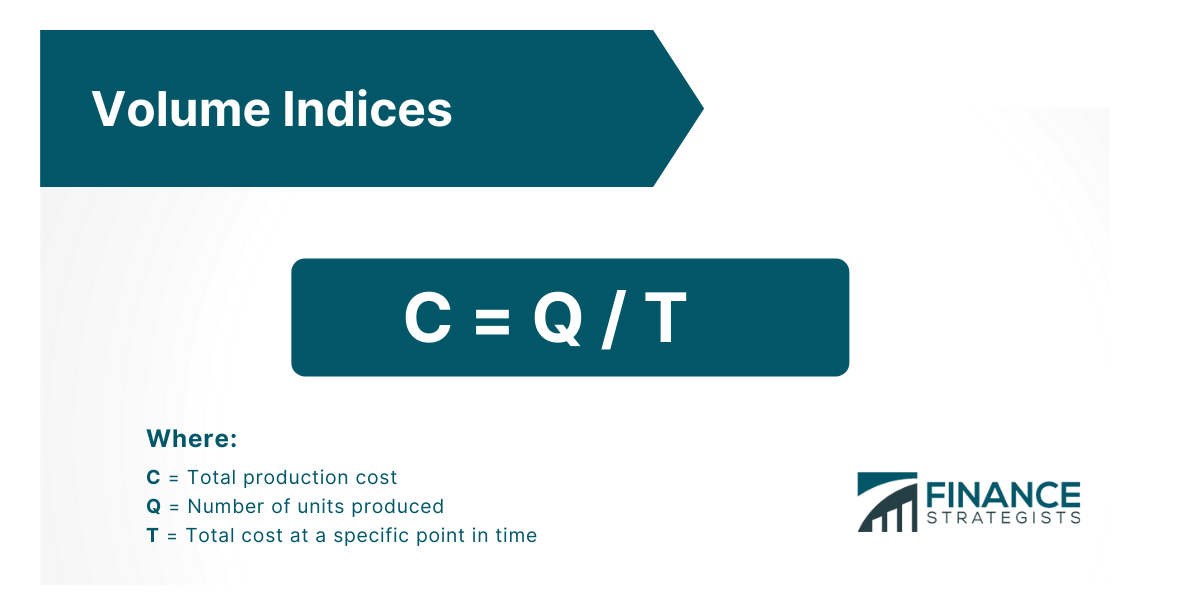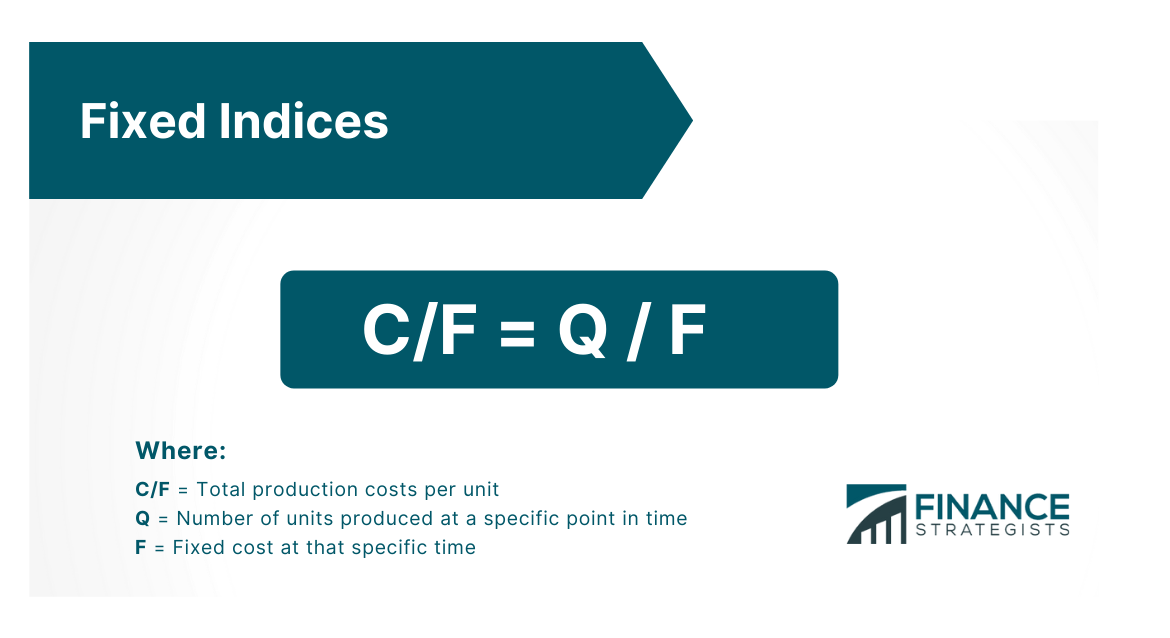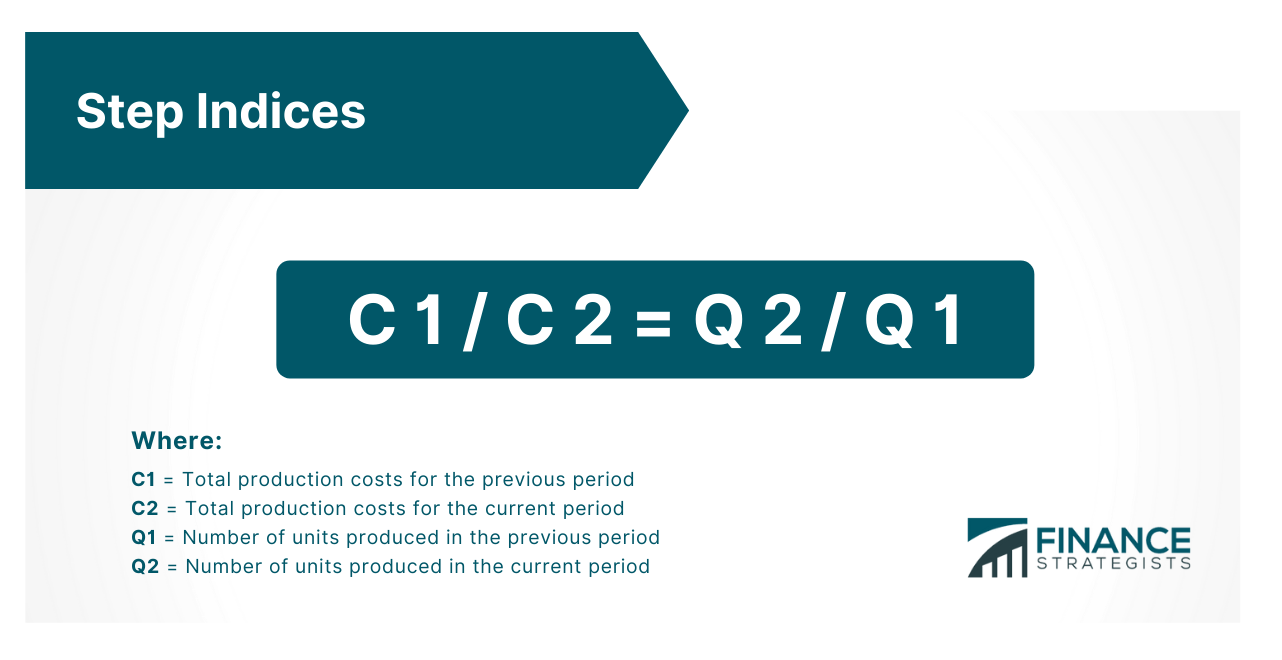Cost driver can be defined as a variable that causes a change in the costs as the cost driver changes. In other words, it is a variable that affects your business’s expenses. Cost driver can be any measurable input that affects the costs of a company, either directly or indirectly. It is any factor other than the total number of units of a product produced, which can cause changes in total cost. A cost driver is a link between inputs (resources) and outputs (results). It is used to change the costs of something else. The main purpose of using cost drivers is to determine which areas require more attention, and how it should be done. Put another way, the amount that goes into producing a specific result can be attributed or linked to each variable that has an impact on the result. This method helps managers evaluate costs incurred by the business activities, identify the major sources of the costs, and determine what activities they should undertake to reduce or eliminate them. A basic example of cost-driving is linking total sales traffic with the number of staff working outside the store. As you increase your sales traffic, you also have to hire more people for marketing purposes since your marketing campaign will most likely be increased as well. There are 3 types of cost drivers: Volume Drivers, Unit Price Drivers, and Fixed Cost Drivers (Overhead). Volume Drivers are cost drivers that change in proportion to the number of units produced and sold, such as: This cost driver includes any labor costs related to producing and selling products and services. It also includes the wage rate per person or for a specific group of employees. Since labor rates tend to go up when there is an increase in inflation. Variable costs that vary with the volume produced or sold such as direct materials, direct labor, and variable manufacturing overhead. The more units produced and sold, the higher the total cost is. The number of customers is a significant driver for most companies that provide services to their customers. If your company provides more products or services, your costs will increase based on the number of customers you have to serve. That’s why a retail business hires additional staff when there is an increase in the number of customers. The more you produce, the higher your cost is. This cost driver is used in companies that operate more than one outlet, such as retail shops or restaurants. As you increase the number of outlets to open new markets and attract more customers, your company’s cost will increase as well. The unit price of a good or service is changing. For this kind of cost driver, it can be raw materials and other items sold in bulk such as food ingredients used in fast-food restaurants, and the price of gas for a gas station. Per-hour or per-month wages and salaried employees’ monthly pay. The more amount of work they do, the higher their costs are. Inputs such as electricity and water supply (residential businesses), land use, insurance premium rates are some examples of other input prices. This type of cost driver remains fixed regardless of how many units are produced or sold. For example:
Remain the same even if the number of units delivered is increased or not. Staff costs that are not directly linked to the production or sale of products are usually treated as fixed cost drivers. Remain the same even if the number of units produced is increased. Sometimes, they can rise just because you have an increase in sales volume and it makes your insurance premiums higher than your regular rate which you originally pay every year. Remain the same regardless of the number of units produced and sold. Stay the same regardless of how many units you produce or sell, as long as your company keeps operating at 100%. Such as building, equipment, and machines. You can measure your cost drivers from three ways: You measure the number of items produced or delivered and then divide it by total cost. This method allows you to identify the current costs per unit for various products, services, and customers (if differentiated). This involves choosing a fixed point in time such as starting your company operations, opening a new branch office, closing an outlet, and then measuring the number of items produced or delivered after you do this. This method allows you to identify current costs for each unit of output. You measure your cost drivers at different points in time such as starting operation, opening a new branch office, and closing an outlet and compare or contrast the different rates. After you get the figures, you would be able to see how your cost per unit has changed with changes in your production strategies. Cost Drivers are the costs that go up and down depending on the number of units you produce or sell, and they affect your business's bottom line. They are mostly fixed costs but could either be volume or fixed costs. You can measure your cost drivers from three methods: volume indices (measuring the number of items produced), fixed indices (measuring at a specific point in time), and step indices (measuring your cost drivers at different points in time).How Does It Affect Your Business?
Types of Cost Drivers
Volume Drivers
Labor
Number of Units
Number of Customers
Production
Number of Outlets
Unit Price Drivers
Prices charged to customers
Wages and salaries
Other input prices
Fixed Cost Drivers (Overhead)
1. Administration salaries and office rent
2. Insurance rates
3. Consulting fees and Licenses and permit fees
4. Depreciation costs
5. Depreciation on fixed assets
How to Calculate Cost Drivers
Volume Indices

Fixed Indices

Step Indices

Key Takeaways
Cost Driver FAQs
A cost driver is any factor that causes a change in the total cost of producing goods or services. It can include materials, labor, overhead, and other factors that affect the overall cost of production.
Cost drivers are used to determine the cost of producing a good or service and are used to allocate costs among different organizational units. They help inform pricing strategies, budgeting decisions, and product design choices.
Examples of cost drivers include labor hours, materials used, degree of automation, number of machine setups, number of units produced, number of orders received, and overhead costs.
Cost drivers can be tracked through a variety of methods such as cost accounting software, spreadsheets, and manual tracking systems. It is important to accurately track cost drivers in order to ensure that the costs associated with producing goods and services are accurately captured.
The main benefit of cost drivers is that they help organizations understand the total costs associated with producing goods and services. This information can aid in making informed decisions about pricing strategies, budgeting, product design, and other areas. Additionally, tracking cost drivers can help organizations identify areas for cost reduction and streamline operations.
True Tamplin is a published author, public speaker, CEO of UpDigital, and founder of Finance Strategists.
True is a Certified Educator in Personal Finance (CEPF®), author of The Handy Financial Ratios Guide, a member of the Society for Advancing Business Editing and Writing, contributes to his financial education site, Finance Strategists, and has spoken to various financial communities such as the CFA Institute, as well as university students like his Alma mater, Biola University, where he received a bachelor of science in business and data analytics.
To learn more about True, visit his personal website or view his author profiles on Amazon, Nasdaq and Forbes.













